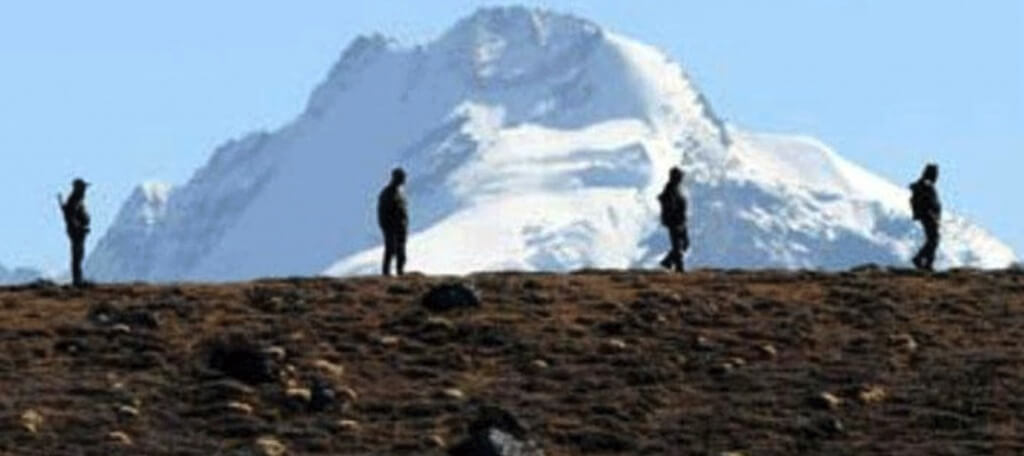Fighting Over Water

Several years ago I obtained a report from the Defense Intelligence Agency (DIA) on US government concerns about water around the globe. In reality, while the DIA was the principal drafter; the report was an intelligence community coordinated paper developed by government agencies including the Department of State, CIA, National Geospatial-Intelligence Agency, the State Department’s Bureau of Intelligence and Research, and the US Department of Energy.
The reason so any agencies in our government are interested in the water problems of other countries is that many countries are allies of the US, and anything that causes instability for them may affect our country also. The report was interesting and quite enlightening and, if you think we have problems locally; you ain’t seen nothing! So over the next few weeks, let me go into what is happening globally, nationally, and then locally.
The concerns are along several lines including:
- Two or more countries who share a water source may fight over it at some point.
- An upstream nation may cut off the water to a country downstream.
- Terrorist destroying a dam may cause problems downstream. The people who then do not have water would quickly enter a “stress period”. There is an ad on a local radio station that states “No water, no food” and that accurately describes what could happen elsewhere. Any country that cannot produce foods for its population will quickly become unstable.
There are 263 watersheds shared by two or more countries and, unfortunately, even today there are unstable countries who are fighting over the water. For instance, the Nile River runs through Egypt, Uganda, Ethiopia, and the Sudan. Several years ago it looked like Egypt and Ethiopia were headed toward a shooting war over that shared resources. In addition, the Jordan River runs through Israel as well as several Arab countries, and one of the reasons for the Six-Day War between Israel and several Arab countries was water. Even among themselves there have been disputes among Arab countries about water. When Ethiopia proposed building a dam on the Blue Nile, Egypt threatened to go to war. That was only averted when Ethiopia, Egypt, and Sudan agreed that Ethiopia would allow water to continue flowing to them and would only be allowed to fill the newly created reservoir behind the dam over a period of 15years.
Fortunately though, historically water tensions have led to more water sharing than violent conflicts. The Mekong Committee established by Cambodia, Laos, Thailand, and Vietnam in 1957, for instance, continued to exchange information and facilitated cooperation among those countries throughout the Vietnam War. Also, even though Israel and Jordan were technically at war from 1948 until 1994, in 1953 they started having secret “picnic table” talks (so called because they were held at a point where the Jordan and Yarmuk rivers come together) over their shared water, as well as day to day water operations. Countries try to do the right thing when they can; but what will happen when a situation becomes really desperate?
And that could happen. Several South American Andean countries share glacial meltwater that helps to support river flows on which millions of people depend. Many small glaciers have shrunk to the point that they are expected to completely disappear within the next 20 to 30 years.
The people who live in Turkey, Syria, Iraq, Iran, and Kuwait use the water from the Tigris-Euphrates river system. Because of the heavy use of the system, however, it is losing water at an incredible rate; with aquifers being pumped out at a much faster rate than they can be recharged. Meanwhile the population of all of those countries is growing rapidly, resulting in even more demand for that water for agriculture and human consumption. These countries are not working together, however, and see the need for that water as a competition. Turkey sees the rivers as something to use for agricultural irrigation and power production. Syria and Iraq see Turkish dams as a threat to their livelihoods and a stealing of water their people have been using for thousands of years.
Similarly, 2,340 miles to the east of the Tigris, water from the Hindu Kush Himalayan mountains provide water used for irrigation and hydropower by two billion people in Nepal, Bhutan, Afghanistan, Pakistan, India, China, Bangladesh, and Myanmar. India is not happy with China’s dam building in the area, and was even more concerned when China once proposed changing the course of the river with a “peaceful” nuclear explosion,
Many of the countries above already also overdraft their aquifers, leading to salt water intrusion in some areas and a collapse in water supplies in others. Unfortunately, these are the areas of the world where populations are growing rapidly; compounding the problem in the future. The Defense Intelligence Agency report projected that these problems – compounded by inefficient and wasteful irrigation practices – will exacerbate the problem in some areas.
The bottom line in the report is that “During the next ten to twenty years many countries important to the United States will experience water problems – shortages, poor water quality, or floods – that will risk instability and state failure”. So if we think we have problems fighting over water locally – meh. And other parts of the world have shown that working together and negotiating over water is better than coming to blows.